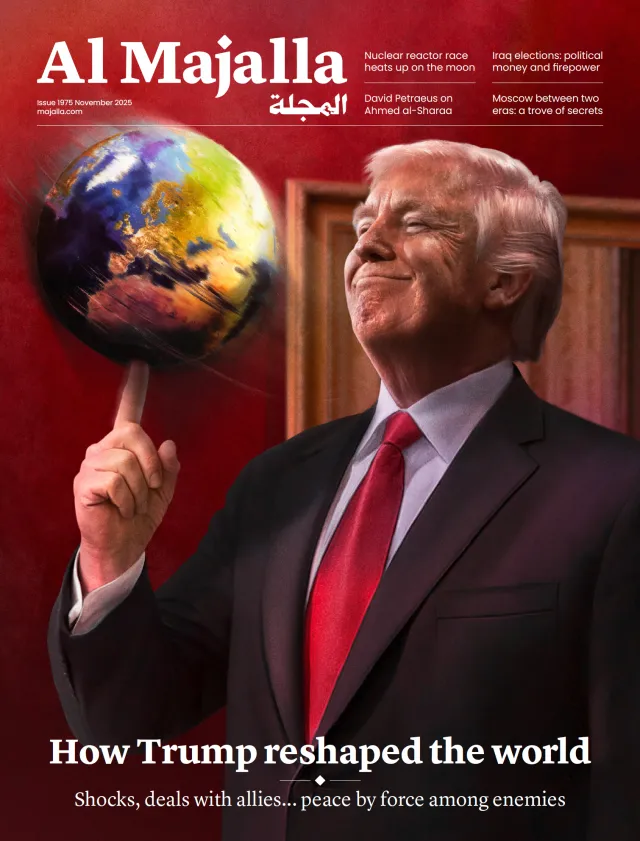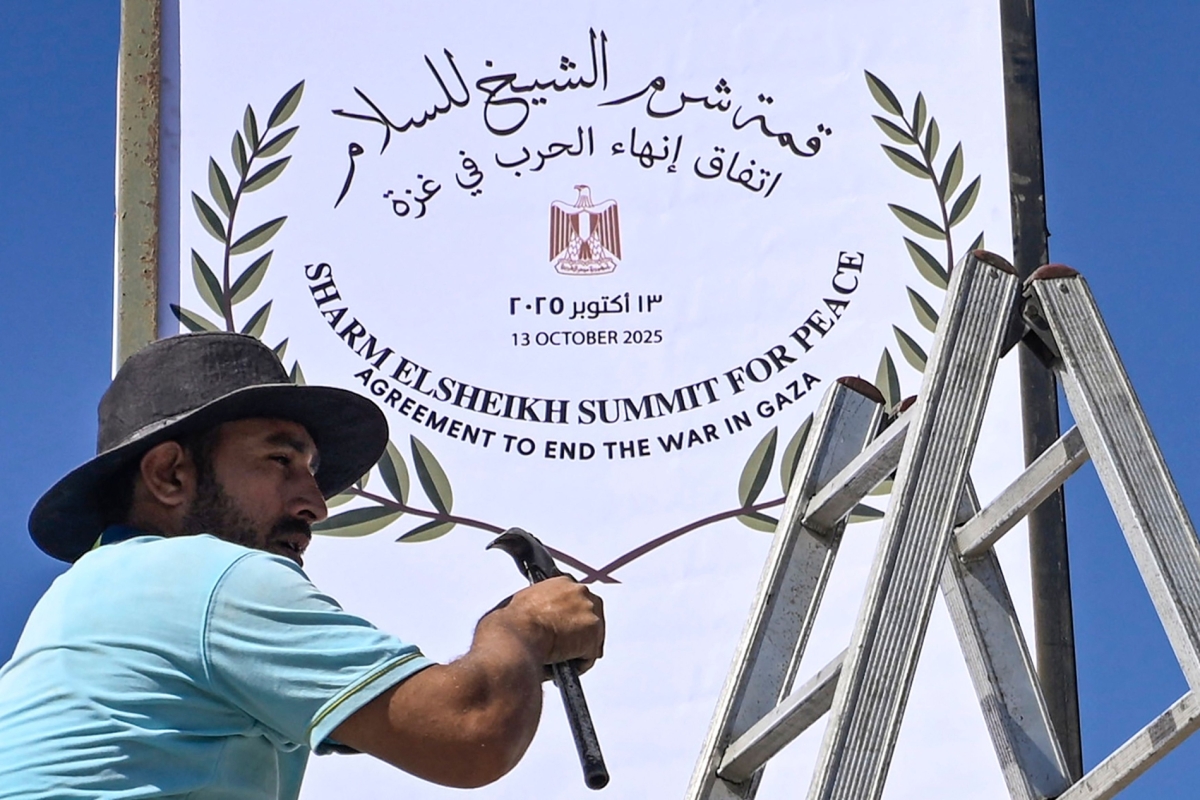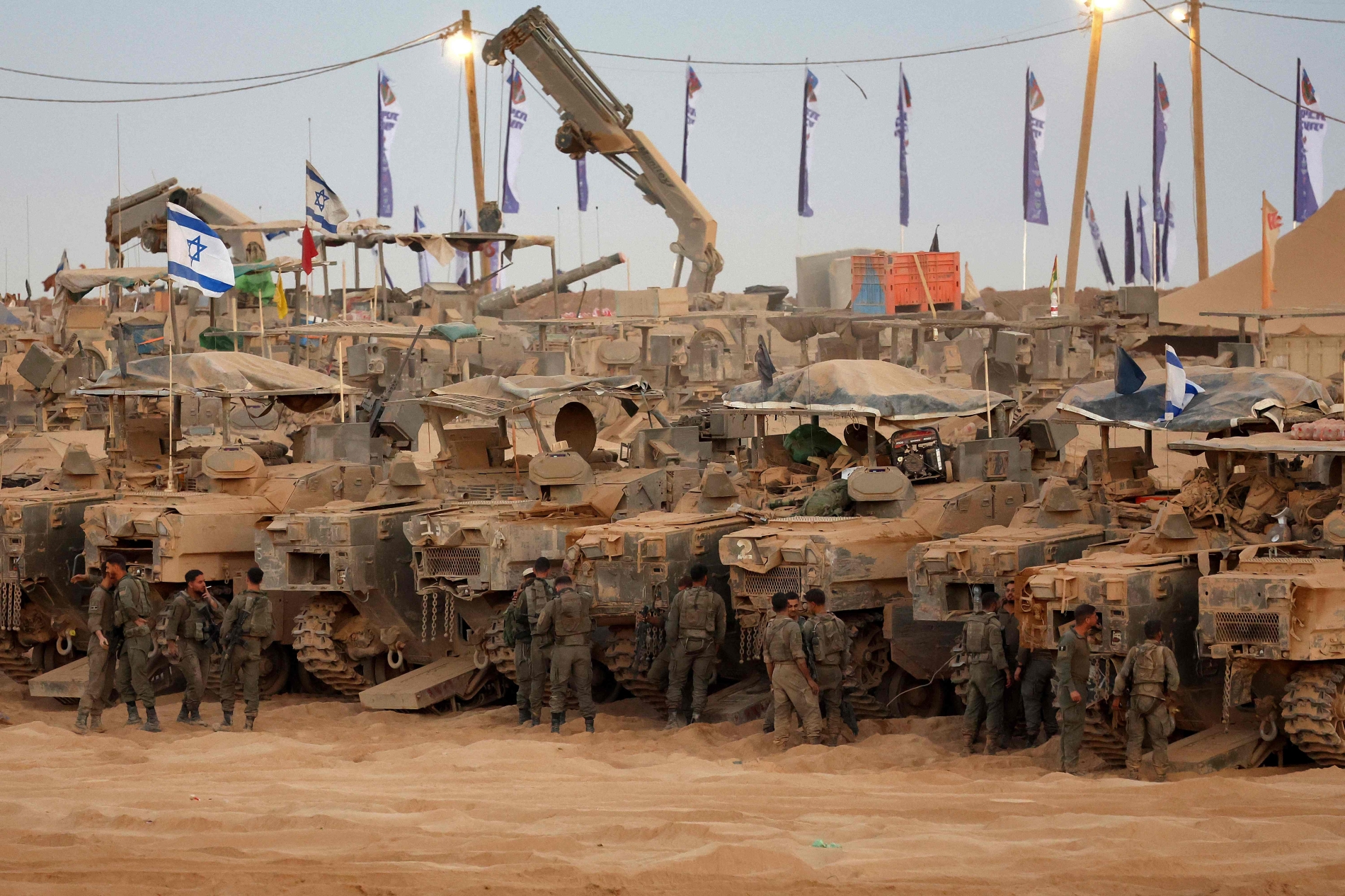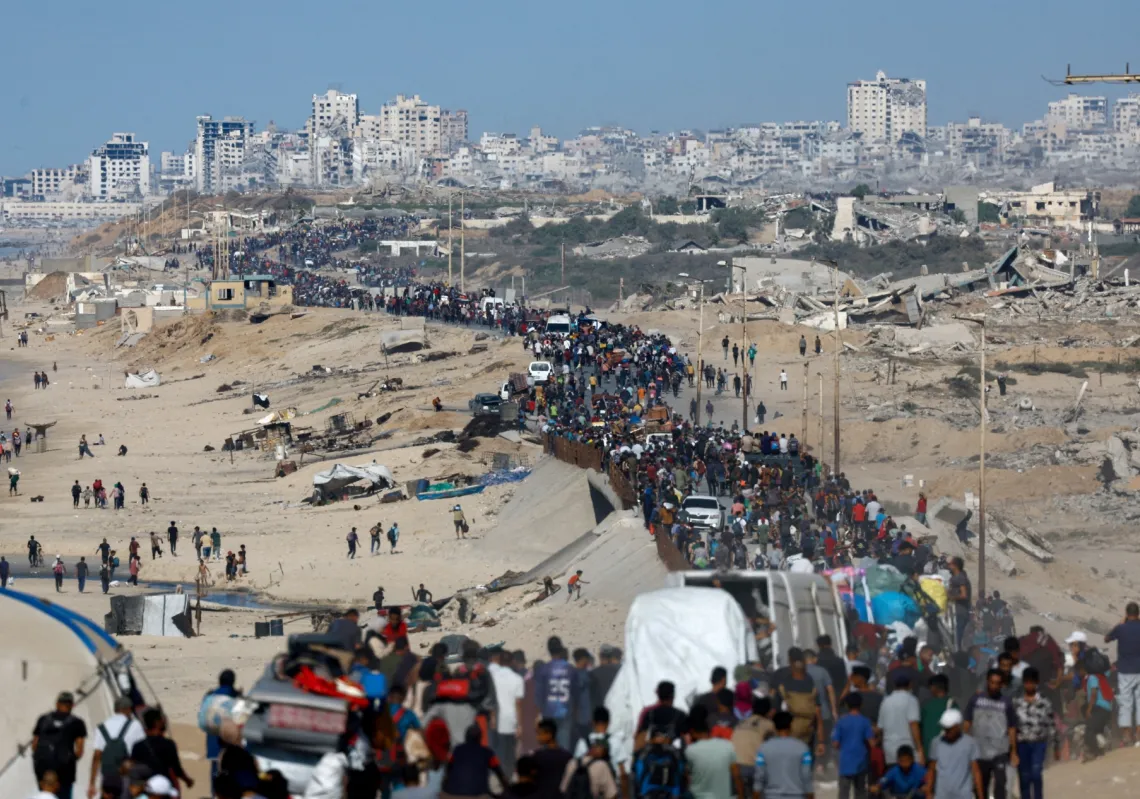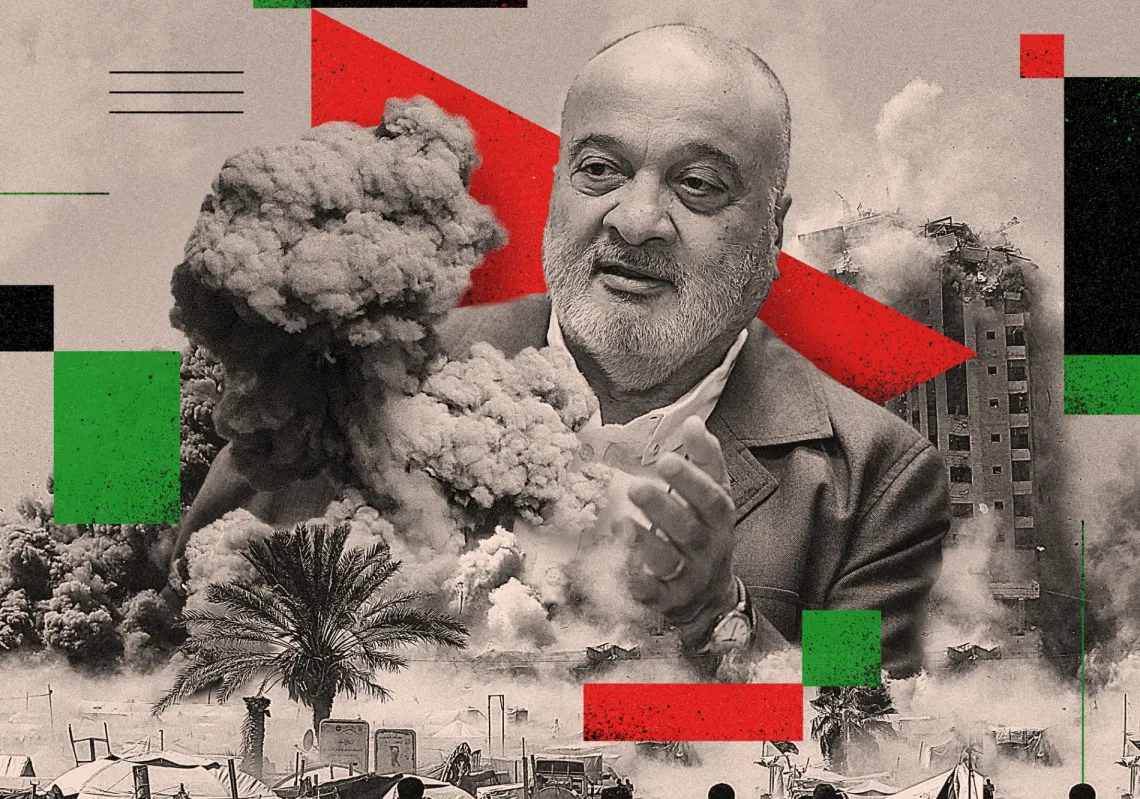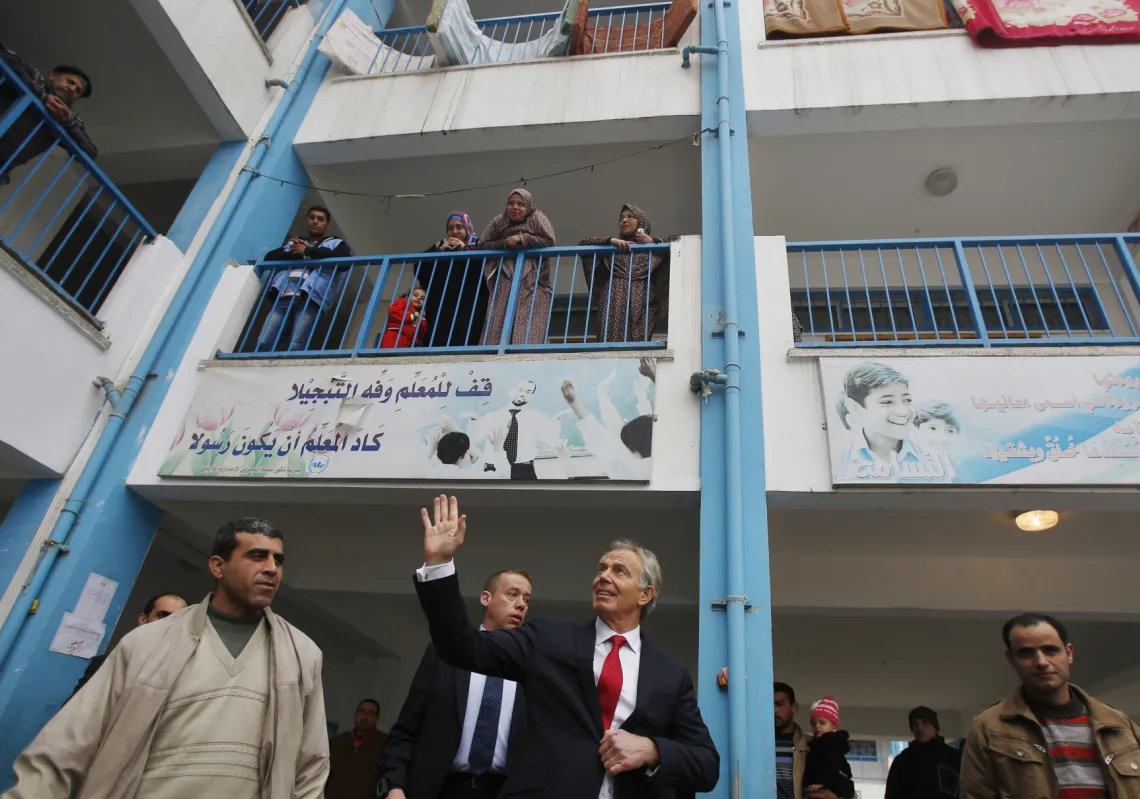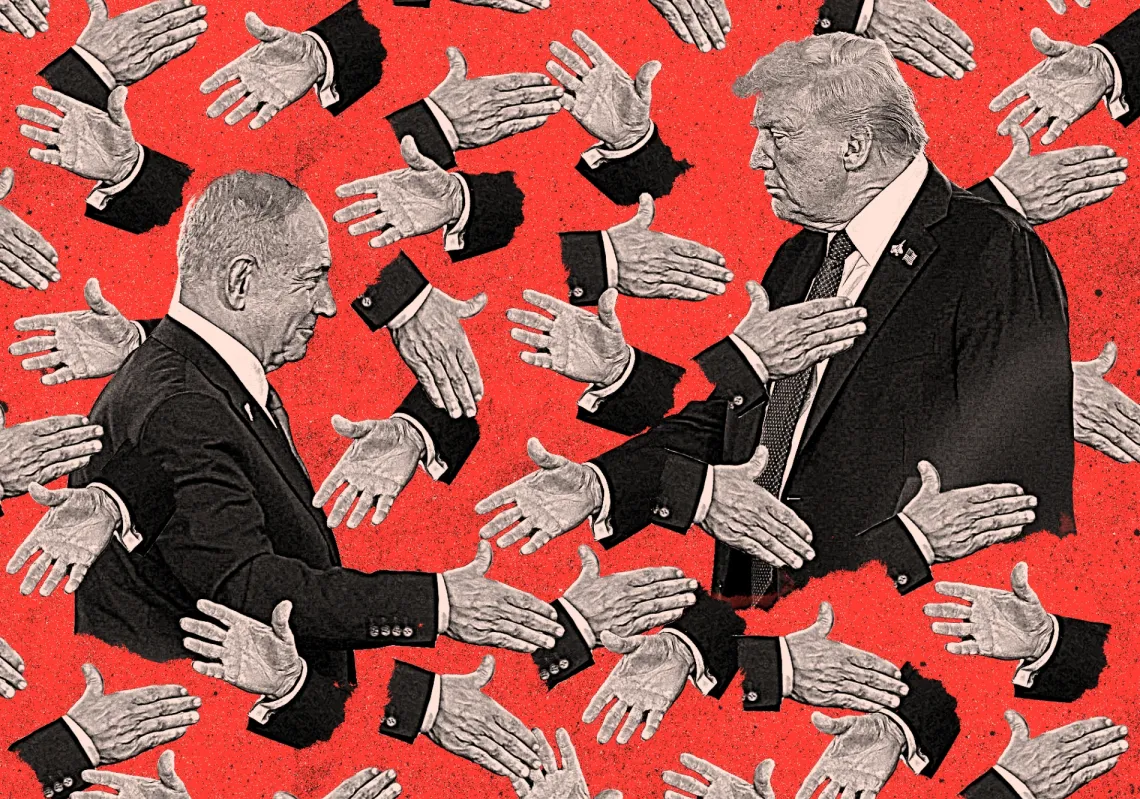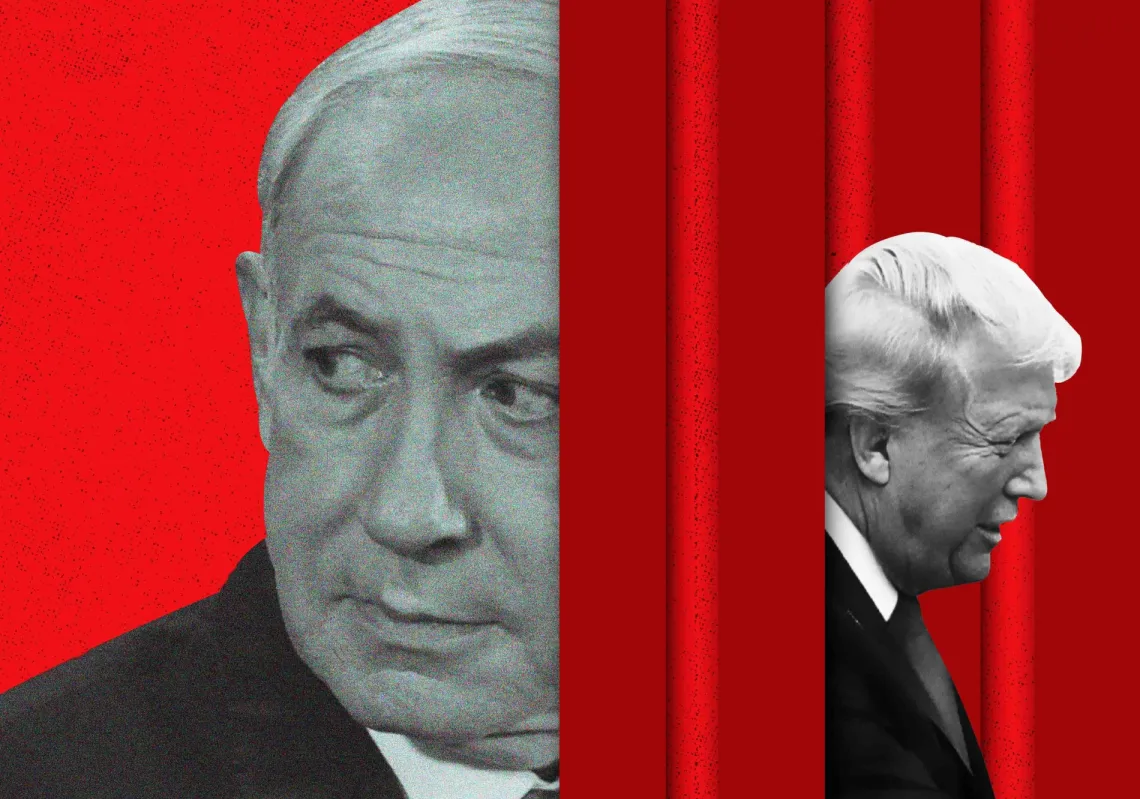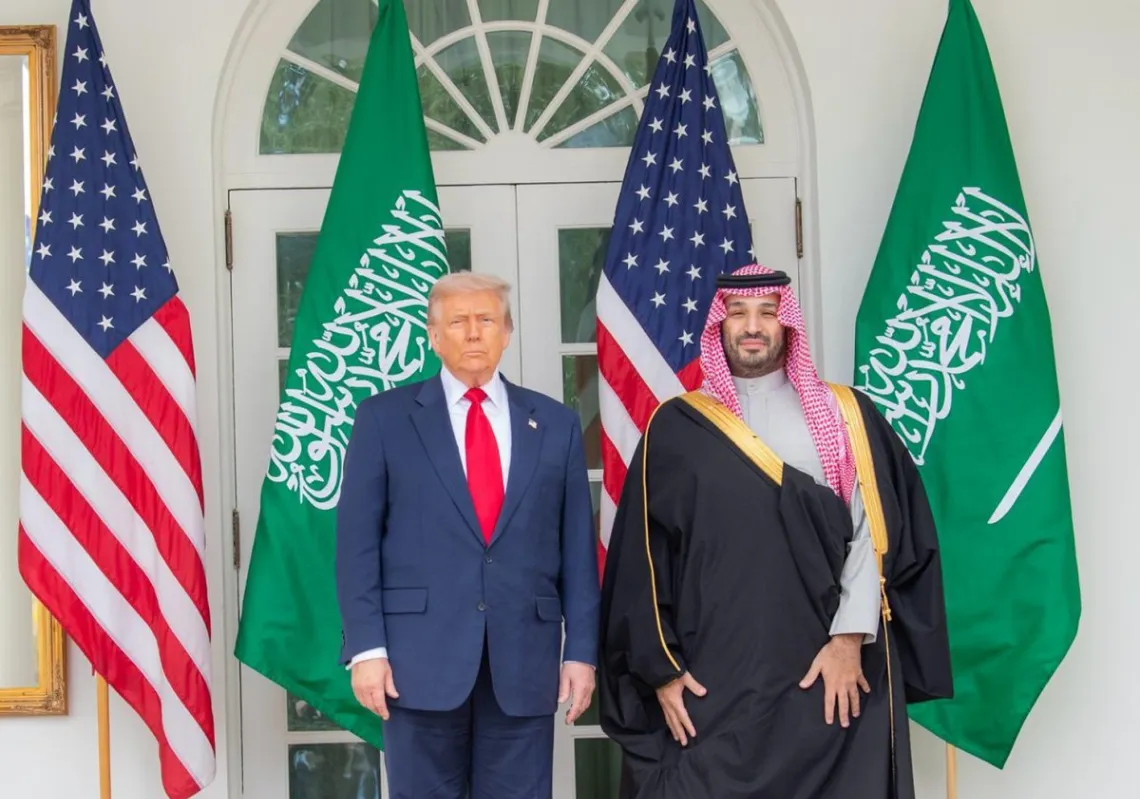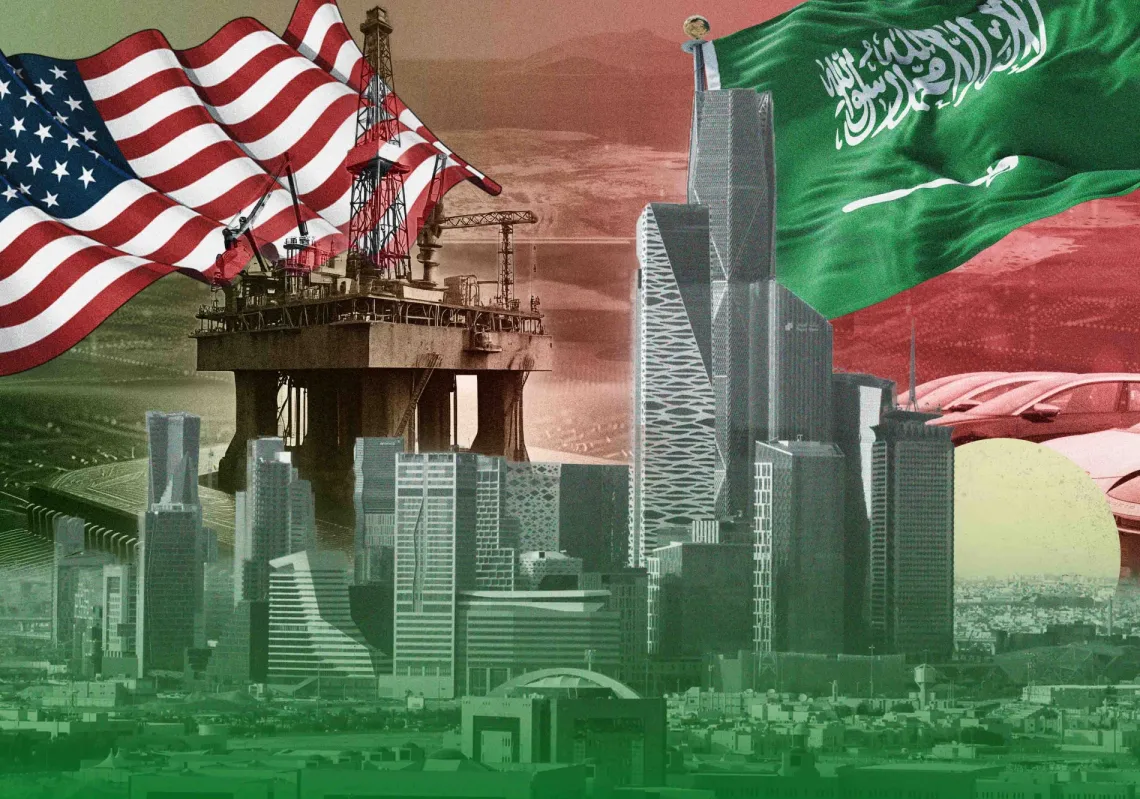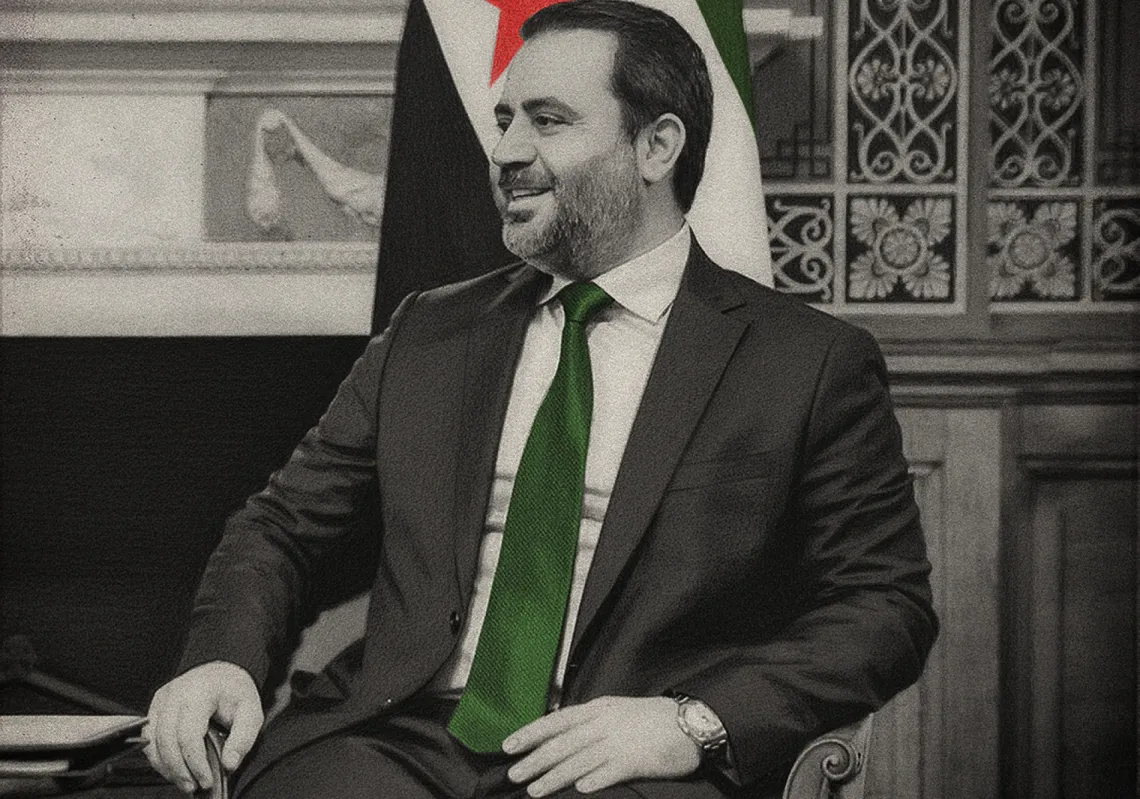US President Donald Trump departs for the Middle East on Sunday, 12 October, his second trip to the region in five months—and what a difference five months makes. In Egypt, he will officially sign the Gaza ceasefire and captive release deal and encourage forward momentum on the many unresolved issues left vague in the agreement—particularly its longer-term aspects.
To use an analogy, if this Gaza ceasefire deal were an aeroplane, it is currently picking up speed on the runway and arrives at the crucial point of immediate takeoff when all hostages held in Gaza are released in exchange for 2,000 Palestinians in Israeli prisons. This moment of “takeoff” will mark the end of a war, but the beginning of what is sure to be a long and bumpy flight. Time will tell if the plane ascends to higher altitudes or comes crashing to the ground.
Given the unsettled situation in the Middle East, one thing is certain: there will be turbulence ahead. Here, I identify four hurdles to overcome to ensure the ceasefire sticks this time.
1. Hamas disarmament
First and perhaps foremost is the question of whether Hamas will give up its weapons. The Islamist movement has built its legitimacy and credibility on the fact that it stood up to Israel. “Resistance” is literally its middle name. But the movement has sustained multiple losses and failures over the past two years of war, and there are many open questions about how the remnants of the leadership and rank and file of Hamas will operate in the coming phase—questions that won’t likely be answered in a short period of time.
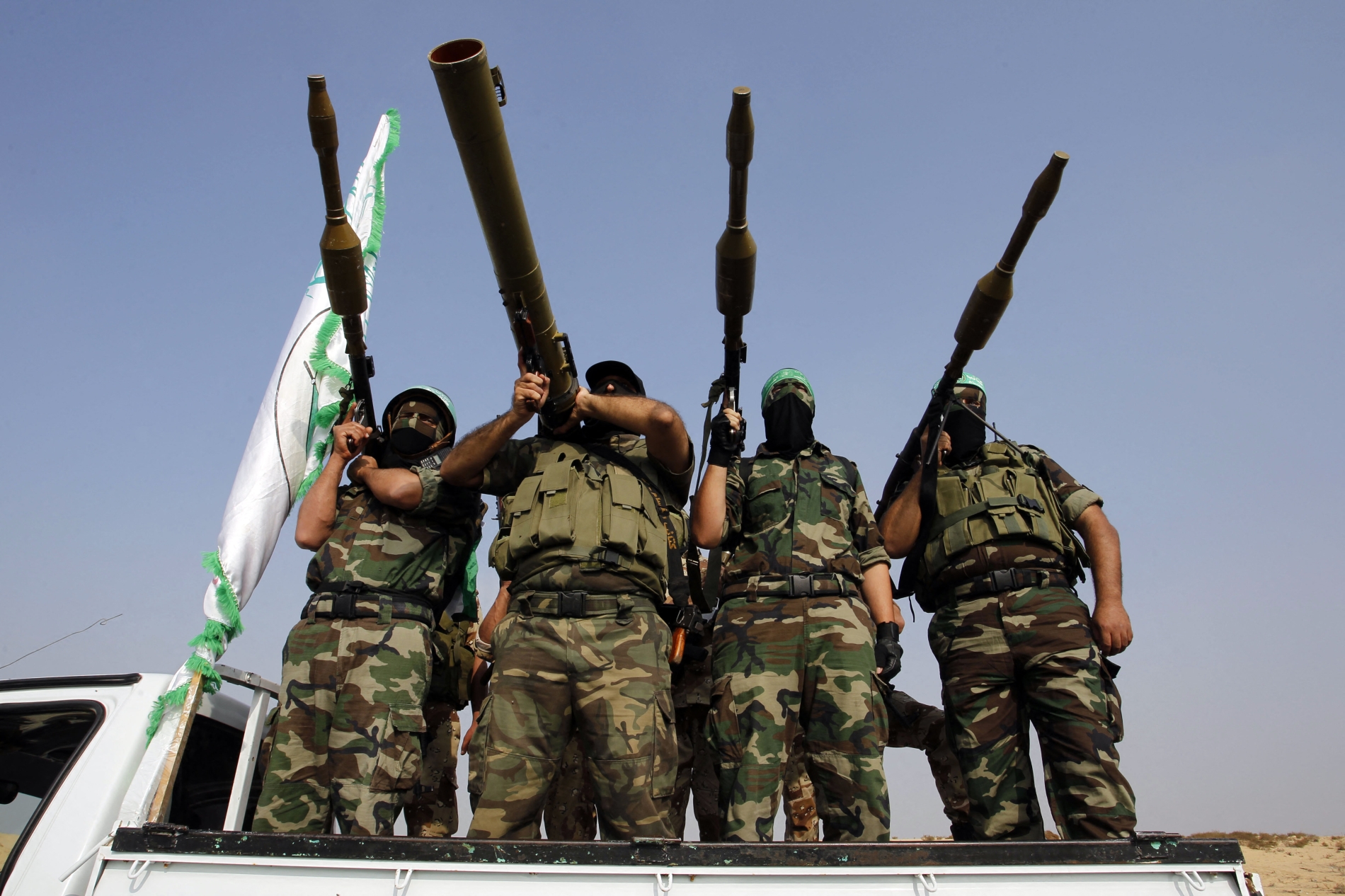
2. Gaza governance
The current plans about who will govern and administer the Strip remain ill-defined beyond Hamas’s acceptance that it will not play any role in Gaza’s ‘day after’. For its part, Israel has rejected notions that the Palestinian Authority might play a role, and—much like his first administration—Trump’s second has done little to bolster the Palestinian people in its Middle East approach.
In fact, the Trump team spent the past few months isolating and placing its own form of pressure on the Palestinian Authority, including banning visas to the United States for all Palestinian passport holders and preventing Palestinian leader Mahmoud Abbas from addressing the United Nations General Assembly in person last month.
Additionally, the US—in close cooperation with the current Israeli government—opposed a push led by France and regional power Saudi Arabia to symbolically recognise a State of Palestine. The notion that significant progress can be made on the Israeli-Palestinian front without extensive consultations and cooperation with the Palestinian people is far-fetched, but the foreign policy of successive US administrations, Republican and Democratic alike, has prioritised bilateral relations with Israel over dealing with the question of Palestine.

